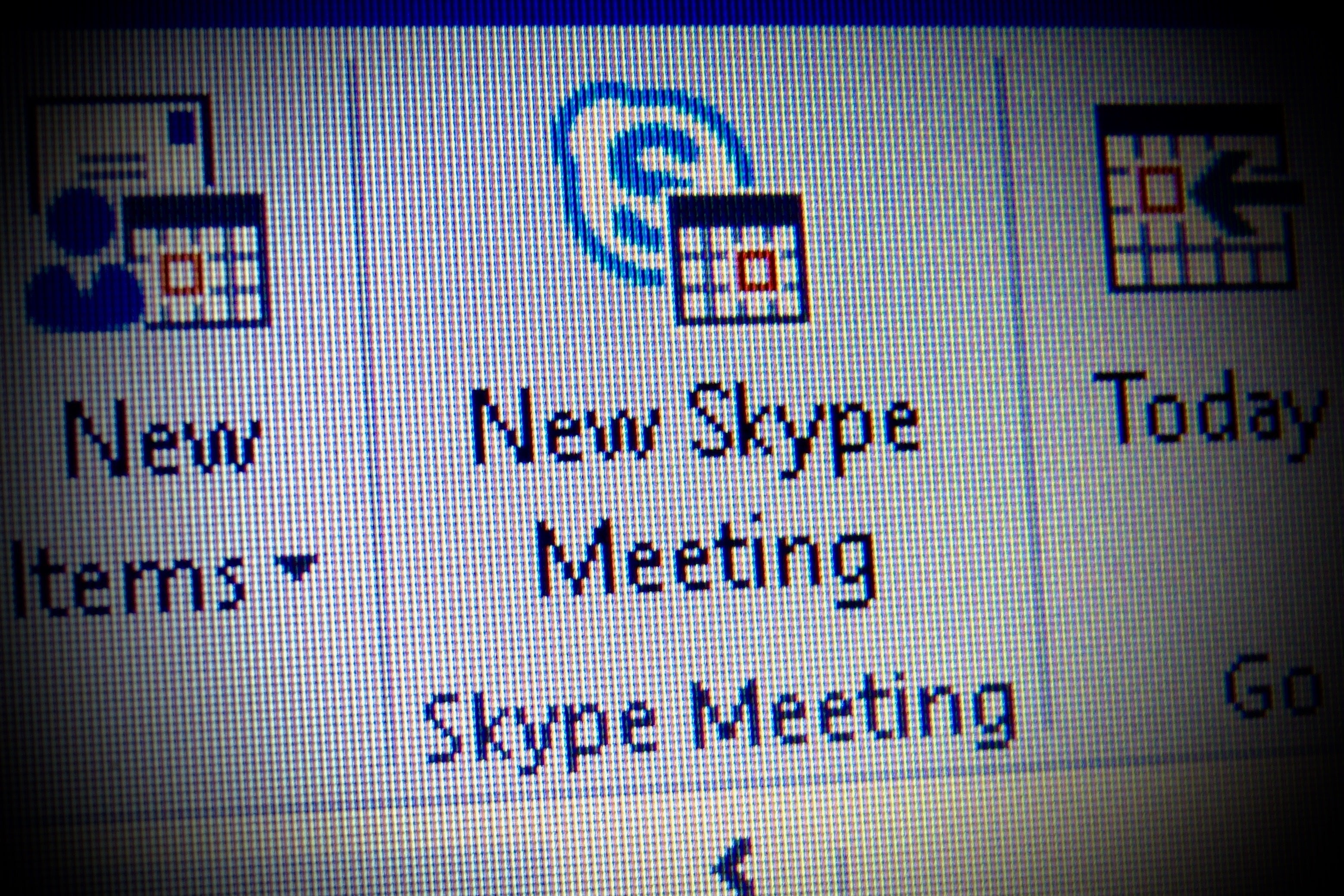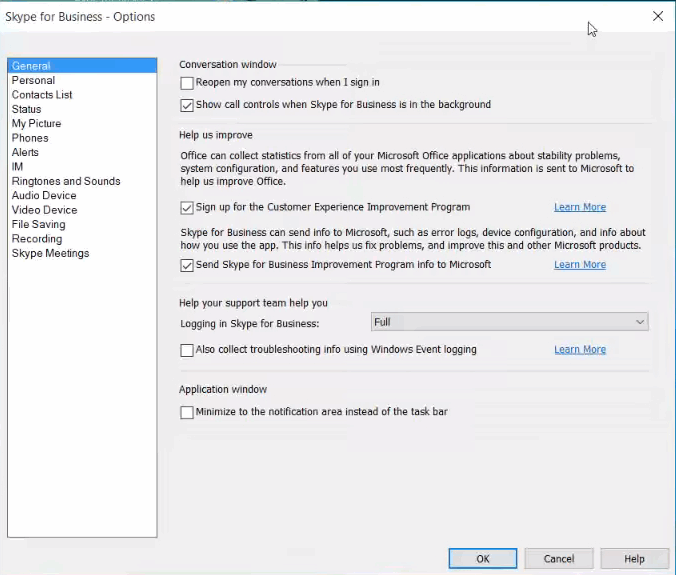

- #OFFICE 365 SKYPE FOR BUSINESS PASSWORD RESET HOW TO#
- #OFFICE 365 SKYPE FOR BUSINESS PASSWORD RESET FULL#
- #OFFICE 365 SKYPE FOR BUSINESS PASSWORD RESET LICENSE#
- #OFFICE 365 SKYPE FOR BUSINESS PASSWORD RESET WINDOWS#
Was modern authentication already enabled? That’s great and proceed further. Click on Save.Īfter enabling modern authentication, follow the next step.
#OFFICE 365 SKYPE FOR BUSINESS PASSWORD RESET WINDOWS#
At the top, click on Services, scroll down, and click on Modern authentication.Ĭheck the checkbox Turn on modern authentication for Outlook 2013 for Windows and later (recommended).

In the left-hand navigation, click on Settings and follow with Org settings.
Add a registry key on the computers to force Outlook to use the newer authentication methodĮnable modern authentication in Microsoft 365 admin center. Enable modern authentication in Office 365 admin center. Outlook doesn’t use modern authentication to connect to Office 365. Note: From August 1, 2017, modern authentication is enabled by default for Exchange Online and Skype for Business, and SharePoint Online. You migrate your mailbox to Office 365 from an Exchange server that Outlook connects to by using RPC. Microsoft Outlook connects to your primary mailbox in an on-premises Exchange server by using RPC, and it also connects to another mailbox located in Office 365. Why did Outlook not accept the credentials, and what is the solution for Outlook prompts for password after migration to Office 365? Solution for Outlook prompts for password after migration to Office 365Ī couple of scenarios of how this can happen: The only Exchange Server that is going to stay on-premises is the Exchange Server 2016. After the migration to Office 365 completes, the decommission of Exchange 2010 servers will start. The Exchange Server 2016 is going to be the Exchange Hybrid server. Looking at the organization, we can see that three Exchange Servers are running: Filling the credentials will not help you because it keeps asking for credentials. After waiting for minutes, a prompt shows up to enter credentials. After you finish completing the mailbox to Office 365, the user starts Outlook. The mailboxes/mailbox databases are currently on Exchange 2010. Outlook prompts for password after migration to Office 365  Add registry key AlwaysUseMSOAuthForAutoDiscover. Enable modern authentication in Microsoft 365 admin center. Solution for Outlook prompts for password after migration to Office 365. Outlook prompts for password after migration to Office 365. If it is not, please call the Service Desk at (920) 465-2309. Once Outlook has restarted, the Teams Meeting icon should now be available. Most of the time, Outlook needs to restart. Select the New Meeting button and identify whether the Teams Meeting button is present if not, give Outlook a minute to register.Ĥ. Go back to Outlook and go to the Calendar. Ensure you're signed into Teams using your UWGB account by Selecting the initials icon on the top right.ģ.
Add registry key AlwaysUseMSOAuthForAutoDiscover. Enable modern authentication in Microsoft 365 admin center. Solution for Outlook prompts for password after migration to Office 365. Outlook prompts for password after migration to Office 365. If it is not, please call the Service Desk at (920) 465-2309. Once Outlook has restarted, the Teams Meeting icon should now be available. Most of the time, Outlook needs to restart. Select the New Meeting button and identify whether the Teams Meeting button is present if not, give Outlook a minute to register.Ĥ. Go back to Outlook and go to the Calendar. Ensure you're signed into Teams using your UWGB account by Selecting the initials icon on the top right.ģ. #OFFICE 365 SKYPE FOR BUSINESS PASSWORD RESET FULL#
Sign in using your full UWGB email address and password. When you see the below prompt, Select Install.ġ. Locate the following: Microsoft Office - Remove Volume License.

Open Self Service using the Spotlight search.ģ. Quit all Microsoft applications, including Outlook, Word, Excel, PowerPoint, or Teams.Ģ. If you're using Microsoft 365 Subscription and the Teams icon still does not appear, you will need to call the Service Desk at (920) 465-2309.
#OFFICE 365 SKYPE FOR BUSINESS PASSWORD RESET LICENSE#
If you're using Volume License 2019, you will need to use the instructions below to change the license. Then, Select About Outlook.īased on what you see, identify whether you're using the Office 365 or Office 2019 license. To do this, be sure to have open any Office application (Outlook, Word, Excel, or PowerPoint) and follow the steps below. To ensure the problem is the Office licensing on your computer, first locate your Office version.
#OFFICE 365 SKYPE FOR BUSINESS PASSWORD RESET HOW TO#
This document details how to enable the Team add-in for Outlook.








 0 kommentar(er)
0 kommentar(er)
